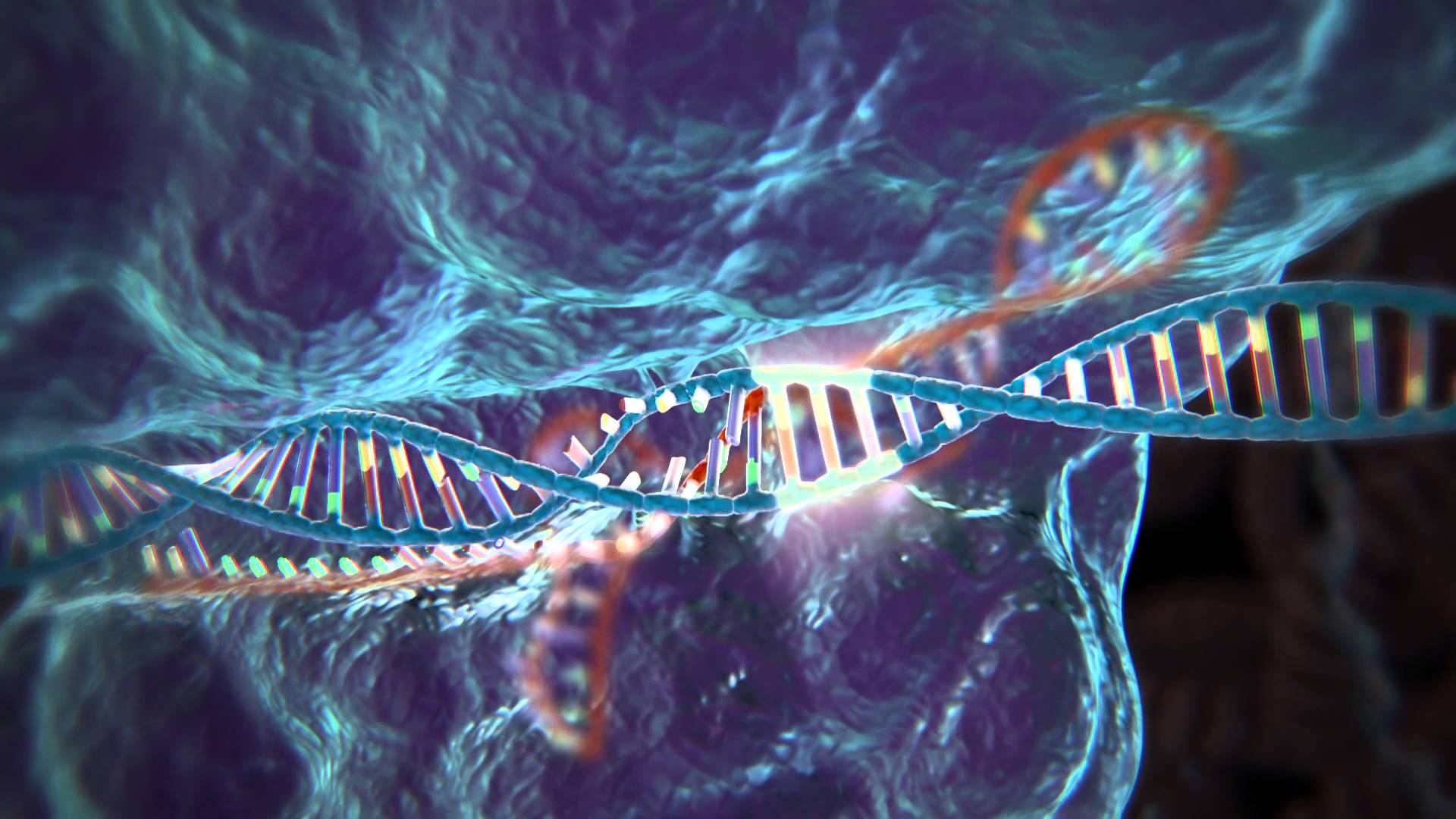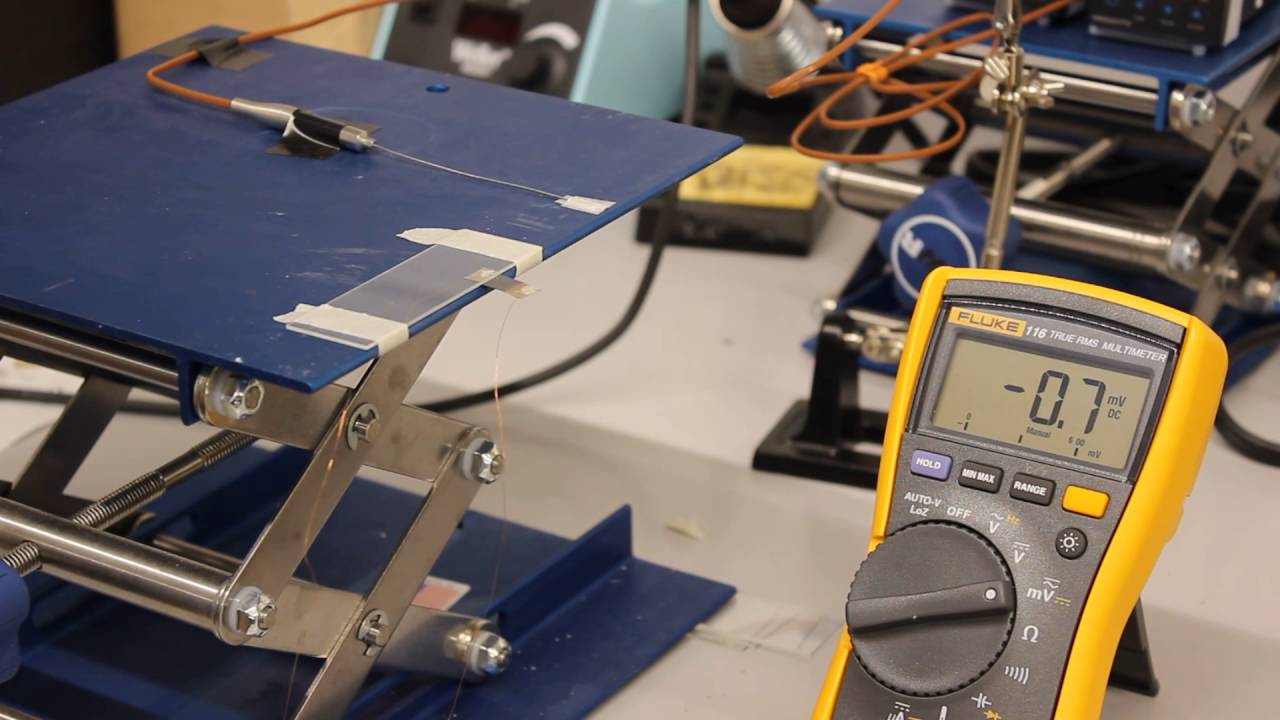Aug 23, 2016
Prepare to Takeoff – 2016’s AUS&R Unmanned Systems and Robotics Convention
Posted by Karen Hurst in categories: drones, robotics/AI
Anyone, planning to attend this November? It looks like the who’s who in Drones and Robotics.
The post is also available in: Hebrew :הכתבה זמינה גם ב
The Unmanned Systems and Robotics AUS&R 2016 international convention has been attracting the attention of world’s leading states and defense industries, including the US, India, Germany, DARPA governmental agency and many others, which had already registered to participate.
Continue reading “Prepare to Takeoff – 2016’s AUS&R Unmanned Systems and Robotics Convention” »


















